6 Nights / 7 Days
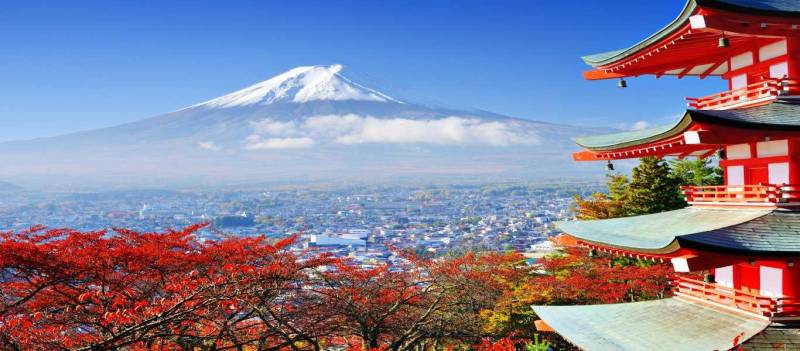
Japan is An Island Nation in the Pacific Ocean with Dense Cities, Imperial Palaces, Mountainous National Parks and Thousands of Shrines and Temples. Shinkansen Bullet Trains Connect the Main Islands of Kyushu (with Okinawa's Subtropical Beaches), Honshu (home to Tokyo and Hiroshima’s Atomic-bomb Memorial) and Hokkaido (famous for Skiing). Tokyo, the Capital, is Known for Skyscrapers, Shopping and Pop Culture.
As the Plane Descends Over the Tokyo Metropolis, the Brilliance of the City Lights Draws Open Your Eyes. Your Private Transfer Greets You At Narita Airport to Take You to Your Luxury Hotel Located in the Heart of the City. from Narita Airport, the Trip Into Tokyo Proper Takes You Along the Roads and Railways that Form the Backbone of this Timeless City.
make Sure to Close the Curtains in Your Luxurious Hotel Room. You Want to Be Well Rested for the Captivating Experiences that Await You in the Week Ahead. Overnight At Tokyo
Rise Early and Claim the Morning; Your Reward is a Coveted Peek Into the Tsukiji Fish Market Auction. as You Make Your Way Through the Pre-dawn Cityscape, You Notice that Even Now Tokyo Pulsates with Activity. Ranks of “salary-men” Can Be Seen Rushing Along to Work While Others are Only Now Stumbling Out of An Izakaya (japanese-style Bar). for Some, It’s One in the Same. Though the Hour is Early, You Want to Stay Alert At Tsukiji. the World’s Largest Fish Market is Certainly the Most Hectic as Well, with Transport Carts and Trucks Zipping Across the Complex of Warehouses that Comprise the Marketplace.
you are Escorted to the Auction Grounds Where Hundreds of Flash-frozen Tuna are Lined Along Wooden Pallets. Potential Buyers Dig Sample Chunks from the Massive Fish and Take Meticulous Notes On the Freshness and Fat Content. When the Bell Rings, the Auction Begins. the Auctioneer’s Verbal Cascade is Littered with Commercial Jargon and Buyers Largely Communicate in Hand Signals.
afterwards, Enjoy An Incomparably Fresh Sushi Breakfast At One of the Adjacent Restaurants or Stalls. Guaranteed to Energize You for the Active Day Ahead. At the National Diet, You See a Literal Seat of Power—the Emperor’s Throne. Though, in Truth, the House of Councilors and House of Peers, Analogous to the U.k.’s House of Lords and House of Commons, is Where the Highest Power Resides in this Parliamentary Government. the Emperor’s Waiting Room is Evidence that Monarchs Do Everything in Style, Even Passing Time. Though Bare in Furniture (save for a Single Chair and Table, Which Appear Child-sized in the Voluminous Room), the Walls and Ceiling are Elegantly Embroidered with Symbols of the Imperial Family. the Crest of the Chrysanthemum and the Imperial Phoenix are Masterfully Stitched in Gold and Silver Threading.
within the Diet, You also Visit the Chamber of the House of Councilors and a Reverent Exhibition in the Visitor’s Lobby that Brings You Up to Speed On the History and Function of Japan’s Most Powerful Political Body.
spend the Afternoon At the Tokyo National Museum, the Country’s Oldest and Richest Repository of Asian Art and Artifacts. the Museum Has Shaped the Public’s Understanding of Japanese Heritage Since Its 1872 Inception. of the Museum’s Five Galleries, You May Find the Gallery of Horyuji Treasures Most Interesting On this Tour. the Horyuji Treasures Consist of Buddhist Sutras and Pictorial Accounts and Reveal Much About the Asuka and Nara Periods of Japanese History. These Artifacts have Been Passed Through Familial Power Lines and in 1878 They Fell Into the Possession of the Imperial Family. Overnight At Tokoyo
The Latticed Structure and Curving Legs of Tokyo Tower are Clearly Inspired By the Eiffel Tower. But the Tokyo Tower (1,092 Feet) Just Scrapes Past Its French Cousin By 10 Yards. Head to the Main Observatory Deck (492 Feet), Which Features Sections of See-through Flooring. or if You’d Capture the Capital City in Its Full Grandeur, Head to the Special Observatory (820 Feet). On a Clear Day, Look for Mt. Fuji Seated On the Horizon.
return to Earth with a Stroll Through Happo-en, the “garden of Eight Views”, Once the Prized Grounds of a Loyal Edo-era Vassal. True to Its Name, There are Many Aspects to the Beauty of Happo-en: a Charming Collection of Bonsai Trees, the Daigo Shrine Honoring Emperor Meiji, a Teahouse Which Still Serves Tea in a Ceremonial Ritual, and a Central Pond Patrolled By Curious Koi Which Form a Blend of Colors as They Mob At the Suspicion of Food. Be a “master of the Grill” At the Chinzan-so Restaurant. Their Gyu-kyu-style Barbecue Lunch Provides Platters of Finely Cut Meats Around a Central Grilling Plate. Be Vigilant with Your Tongs, as the Meat’s as Thin as It is Succulent.
the Imperial Palace is the Active Residence of the Imperial Family and as Such, is Closed to the Public, Save for the Emperor’s Birthday On December 23rd and January 2nd. Just Standing Before the Classic Nijubashi Bridge, Which Allows Safe Passage Between the City and the Island Palace, It is An Awe-inspiring Experience. the East Garden of the Palace’s Inner Grounds is Open, and Here You Find the Stone Foundation of An Edo-era Castle Tower, Itself a Several-story Colossus.
take An Upriver Cruise Along the Sumida River and Behold the Marvels of Engineering that Surround You. Skyscrapers, Suspension Bridges, and Even the River is the Product of Man’s Ingenious Touch. in the Spring, the Cherry Blossom Trees Along the Banks Make this Cruise An Idyllic Portrait in Motion, with White and Pink Blossoms Slowly Accumulating On the Water.
return to Land in the Asakusa District, Home to the World-famous Senso-ji Temple. Your Entrance to the Temple Follows a Long and Narrow Corridor Lined with Shops and Stalls Known as Nakamise-dori. There’s No Sense Hurrying Through the Crowd of Sightseers and Pilgrims, So as You Shuffle On By, Take Notice of What the Vendors are Offering — Everything from Souvenirs to Silk Goods. the Customs of Worship are Many Fold At Senso-ji, But as a Non-practicing Tourist, You’ll Be Forgiven if You Stand There Gawking in the Brilliance of the Temple’s Golden Altar or Five-story Pagoda.
have Your Fate Revealed Unto You from An O-mikuji, a Scrolled Up Fortune, Which for the Price of a Few Coins, Can Be Purchased from Cabinets Around the Temple. the Fortunes are Classified According to a Tiered System, with Everything from “great Blessing” to “ending Curse”. Take Home the Prosperous Fortunes, and if You Don’t like Your Particular Fortune, It’s Fairly Common to Leave the Fortune At the Temple. Overnight At Tokyo
In the Morning, Travel to Mount Fuji By Coach. Fuji-san, as Locals Affectionately Call It, is a Powerful Symbol of National Identity that Features Throughout Japanese Lore. You Arrive At Station Five, About Halfway Up the Mountain, Just in Time for a Western Lunch. You have a Chance to Wander the Rugged Terrain for a Bit. as You’re At An Elevation of Over 7,000 Feet, You May Notice Walking Around Leaves You Huffing and a Lunch-beer Leaves You Lightheaded. Your Next Stop is the Handsome Town of Hakone. Once a Tightly Controlled Checkpoint in the Edo Era, Hakone is Now a Popular Resort Town. Its Onsen (hot Springs), Golf Courses, Wooded Lakeshores, and Views of Mount Fuji are the Perfect Natural Remedy for Cooped-up City Dwellers On Vacation.
a Cruise Across Lake Ashi Offers Photographers Ample Angles from Which to Frame Fuji, While the Pirate Ships Patrolling the Lake are An Amusing Distraction Schemed Up By a Local Tour Company.
the Peak of Nearby Mount Komagatake is Just a Gondola Ride Away. from Here, You Can See How Lake Ashi Stretches Through the Valley Below, Finding Inlets in the Ridged Hills that Surround It. But Once Again, Mount Fuji Steals the Show. Even from Afar, Its Snow-capped Peak Dominates the Horizon. Before Dinner, Take a Long Soak in An Outdoor Onsen. the Geothermally Heated Water is Said to Contain Healing Minerals And, At the Very Least, the Backdrop of Natural Beauty is Therapeutic.
spend the Night in a Ryokan, a Traditional Japanese Inn that Offers the Highest Quality of Japanese Service. Much like a Travelling Edo-era Dignitary, Your Overnight Stay Here Comes with An In-house Feast, Yukata Robes, and a Simple, Yet Elegant Tatami-mat Room in Which to Let Your Troubles Drift Away. Overnight At Tokyo
During the Meiji Era (1868-1912), the Trek from the Tokyo Region to Kyoto Would have Taken Days. in the Heian or Nara Period, It Would have Been Weeks. Today, Aboard the Shinkansen Bullet Train, the Journey is Considered a Morning Commute.
kyoto is in Many Ways Frozen in Its Imperial Past. in the Historical Neighborhoods Still Filled with Simple Wooden Buildings and Cobblestone Streets, Rickshaws and Red Lanterns are as Common the Sight of Taxis and Streetlights. Perhaps the Most Famous of These Neighborhoods is the Gion District, Home of the Geisha. Much Has Been Said of the Geisha of Gion, Though Little is Known. Their Dramatic Elegance is Romanticized, Their World Impenetrable. in this Sense, They are Thought to Be Emblematic of Japanese Culture. as You Stroll Through Gion, You See Geisha Teahouses. for Centuries, These have Served as Private Quarters in Which the Geisha Offer Their Unique Medium of Entertainment, Art, and Companionship to Discrete Individuals with Deep Connections and Even Deeper Pockets. the Expansive Estates of the Kyoto Imperial Palace are Excellent for An After Lunch Leg Stretch. the Courtyard of Uniform White Gravel that Spreads Before the Imperial Throne is Large Enough to Hold a Small Army.
an Hour South Lies Nara, Which Preceded Kyoto as Japan’s Capital During the Eponymously Named Nara Period from (710-794). Walk to Mighty Todaii-ji — the Buddhist Temple Complex that Was So Influential in Its Heyday that the Capital Had to Be Moved Away from Nara to Preserve the Agency of the Government. Today the Fame of Todai-ji Eclipses that of the City Itself, Because of Its Revered Daibutsu, the Great Buddha Statue.
daibutsuden, the Hall in Which the Great Buddha Resides, Was the World’s Largest Wooden Building Until the Turn of the Millennium, Even After a 17th-century Reconstruction that Diminished Its Size By a Third. Sitting in the Lotus Position, Daibutsu, the World’s Largest Bronze Buddha, is 50-feet Tall and Fills Much of His Hangar-sized Confines. for a Frame of Reference Consider This: There is An Enormous Wooden Pillar in Daibutsuden that Has a Tunnel Through Its Center; the Diameter of the Tunnel is Said to Be the Same as One Nostril of the Great Buddha. Visitors Routinely Wriggle Through, as It’s Said Successful Passage Through the Pillar Brings Enlightenment in the Next Life. It’s Not Uncommon to See Those with a Buddha Belly Getting Stuck, Though.
the City is also Notorious for Its Deer, Which have a Mixed Reputation to Say the Least. if You Invest Some Pocket Change in Deer Biscuits—sold all Along Nara Park and the Roads to Todaiji—you’ll have the Local Hooved Population At Your Beck and Call. for Better or Worse, the Deer Aren’t Shy Around People—or Nibbling At Their Pockets for Hidden Biscuits—and They’re Happy to Stay By Your Side for a Photo as Long You’ve Got Food, and for Some Time After. You’ll Soon Find that It’s Harder to Shoo Them Away Than It Was to Attract Them.
The Construction of Nijo Castle Aligns with the Dawn of the Edo Period in 1603, the Same Year Tokugawa Ieyasu Claimed the Shogunate And, Thus, Japan Itself. Ieyasu’s Ruthlessness Cunning Helped Him Triumph Over His Enemies, But It also Made Him Many More. Knowing This, Ieyasu Had Nijo Castle—which Served as His Fortified Residence During His Stays in Kyoto—built with Nightingale Floors, Designed to Make Chirping Sounds Under the Weight of Any Skulking, Would-be Assassins.
the Floors Still Chirp as You Tour Ieyasu’s Inner Sanctum, Ninomaru Palace, and Those with a Keen Eye May Spot Some of the Acute Shogun’s other Construction Tricks like Secret Passages, Concealed Closets for Extra Bodyguards, and Concubine Dormitories.
next Visit Kinkaku-ji, Popularly Known as “the Golden Pavilion.” Though It Has Long Served as a Temple, It Was Once the Retirement Manor of Ashikaga Yoshimitsu, Who Predates Tokugawa Ieyasu as a Shogun By Two Centuries. Kinkaku-ji Reflects the Late Shogun’s Reverence for Aestheticism—the Entirety of the Top Two Stories are Gilded with Gold. the Villa Was Built Upon the Shores of a Large Pond and On a Sunny Day, the Reflection in the Water Shimmers Splendidly. Head to Central Kyoto to See the Modern Side of the City While Enjoying Nabe (japanese Hot Pot). from Here, the Temple of Higashi Hongan-ji is An Easy Walk. this Imposing Wooden House of Worship Was Split Off from the Nishi Honganji Temple, also in Kyoto, in 1591 to Halve the Political Influence of the Meddling Clergy.
afterwards, There Will Be Time to Shop. Kyoto is Famous for Its Kimono and Clothes, and There are Many Outlets Along Shijo Street Offering These Goods. Shijo also Features Plenty of Modern Shopping, and You Find An Intriguing Mix of Multi-story Department Stores and Small, Niche Shops. the Kyoto Handicraft Center is a Quick Drive or 30-minute Walk, and Feeatures a Diverse Selection of Souvenirs and Gifts. Best of All, It’s Tax-free with a Passport!. Overnight At Koyoto.
Wake Up to the Golden Sun Slowly Rising Over the Mountains and Cityscape. in the Morning, Your Private Transfer Will Meet You At the Hotel Lobby, Ready to Take You to Osaka International Airport for Your Flight Home. It’s Farewell for Now, But You Could Always Extend Your Japan Vacation to See More of the Hidden Treasures of Which You have Only Had a Brief Taste.
We are dealing in Tour & Travel Services Read More...
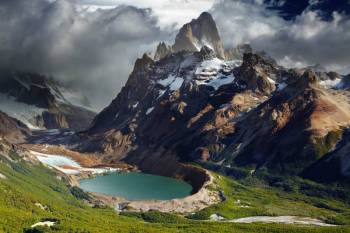 9D/8N
9D/8N
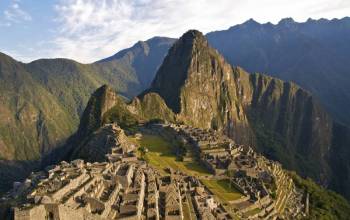 10D/9N
10D/9N
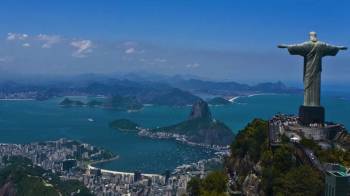 10D/9N
10D/9N
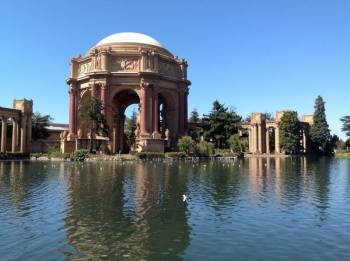 14D/13N
14D/13N
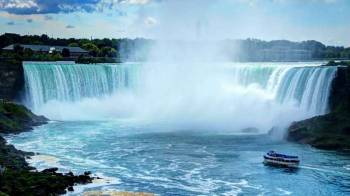 10D/9N
10D/9N
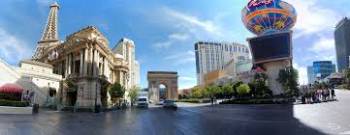 17D/16N
17D/16N
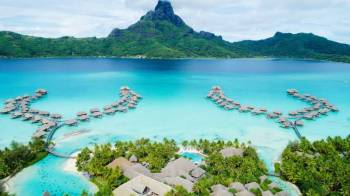 8D/7N
8D/7N
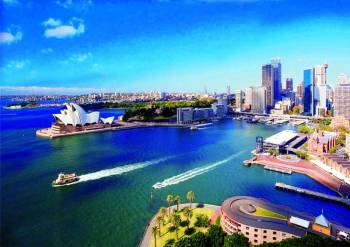 15D/14N
15D/14N
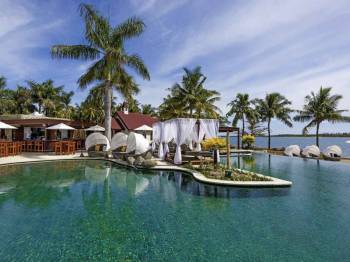 8D/7N
8D/7N
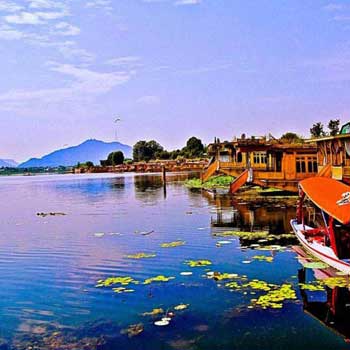 7D/6N
7D/6N
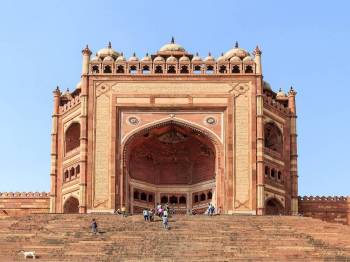 7D/6N
7D/6N
Amritsar Chandigarh Delhi Agra Family Pa..
New Delhi - Agra - Vrindavan - Mathura - Amritsar
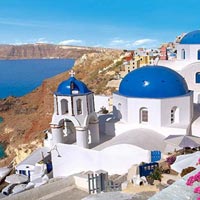 7D/6N
7D/6N
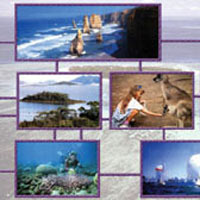 7D/6N
7D/6N
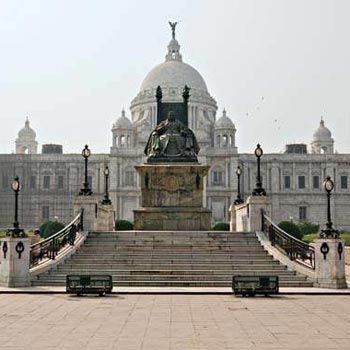 7D/6N
7D/6N
Golden Triangle - East India Tour
Kolkata - Puri - Imphal - Agartala - Dimapur
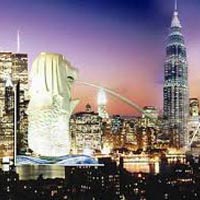 7D/6N
7D/6N
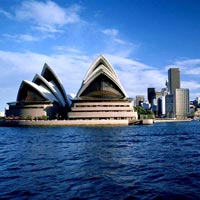 7D/6N
7D/6N
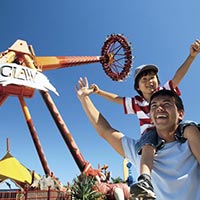 7D/6N
7D/6N
 7D/6N
7D/6N
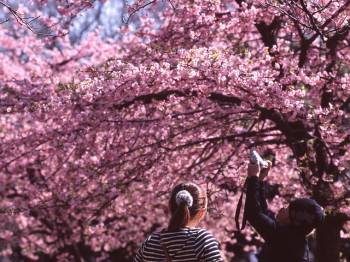 9D/8N
9D/8N
Japan Cherry Blossom 8 Night - 9 Days Tour
Tokyo - Hiroshima - Kyoto - Nagoya - Nara - Osaka
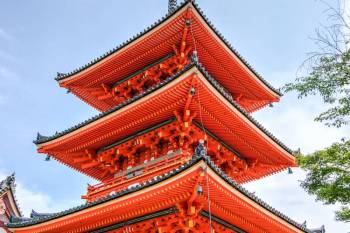 11D/10N
11D/10N
10 Night - 11 Days Japan Alpine Route Tour
Tokyo - Hiroshima - Kanazawa - Kobe - Nagoya - Nara - Osaka - Shirakawa
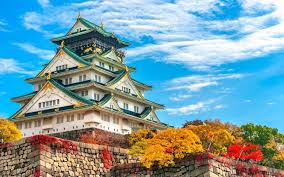 9D/8N
9D/8N
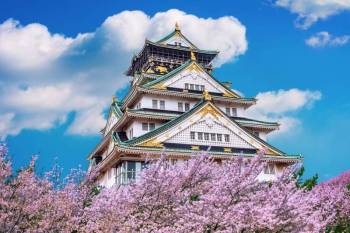 8D/7N
8D/7N
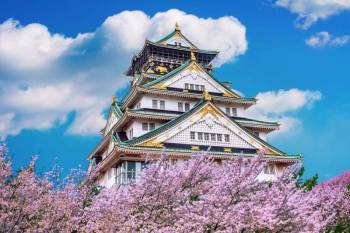 8D/7N
8D/7N
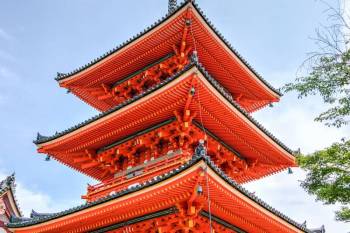 8D/7N
8D/7N
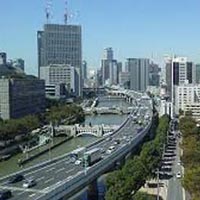 7D/6N
7D/6N
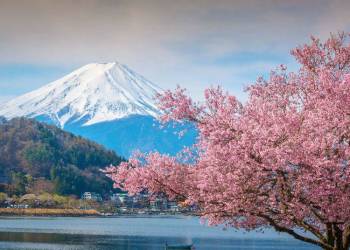 8D/7N
8D/7N